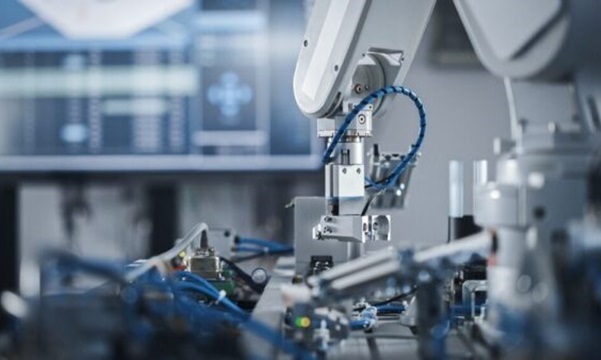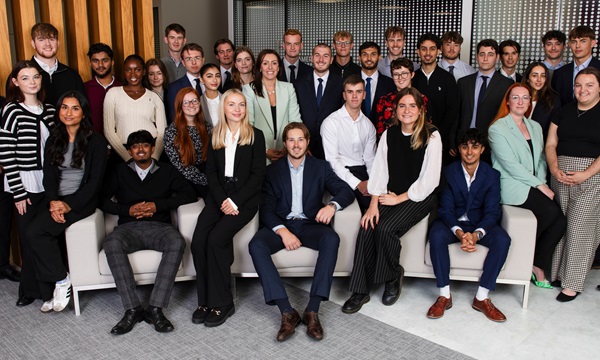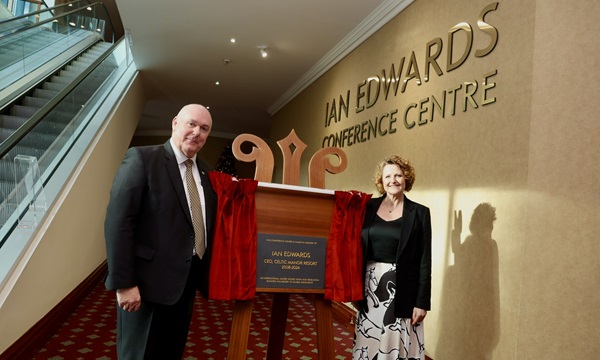The two slab re-heating furnaces at Tata Steel’s Hot Rolling Mill in Port Talbot are the first digitally fired furnaces in the world to use an innovative laser technology, which will improve product quality and consistency while further cutting the site’s energy use and carbon footprint.
This ground-breaking work was the brainchild of Tata Steel Process Technologist, Jonathan Richards, who worked with a market leading technology company, OnPoint Digital Solutions, LLC, a Koch Engineered Solutions company to perfect the energy-efficient solution.
Jon explained:
“Heating slabs to the correct temperature is critical to ensure the metallurgical properties match the requirement of our customers. Not only that, but with a system that allows us to monitor and control our use of gases more accurately, we can save energy, save costs and reduce our carbon footprint.
“We’ve installed laser sensors, which measure—at a molecular level—the combustion products and the temperature profile of the furnace to produce live visual data.
“As beams of light pass through the furnace atmosphere, carbon monoxide, water vapour and oxygen absorb the light. It is this light loss that indicates the volume of each constituent molecule. From the percentage of each molecule, we can infer the combustion efficiency of the furnace.”
Jon continued:
“If there is too much air, the furnace will cool leading to increased gas consumption as the furnace fires harder to achieve the right temperatures. Excess air also increases yield losses though oxidation.
“Excess fuel levels lead to incomplete combustion, producing high levels of carbon monoxide and the unburned fuel is wasted.”
The new technology can help narrow down issues to any of the 56 burners in each furnace; accurate burner performance will lead to more efficient planning ahead of maintenance stops, cleaning, and calibrations.
David Brinkmann, Service Manager and Engineer from OnPoint added:
“It has been a great opportunity to work with Tata Steel on this project, as we know the benefits that companies can get from our ZoloSCANTM laser technology. More and more we are seeing the huge advantages of such collaborations in high-tech industries such as steel.”
The next phase of the project is to make the process a closed loop operation with the system detecting anomalies and automatically adjusting the furnace gas flows to ensure optimum energy efficiencies.
Jon said:
“This has been a remarkably successful project. Our energy usage has fallen dramatically and this work has helped the business reduce more of its carbon footprint.”





















